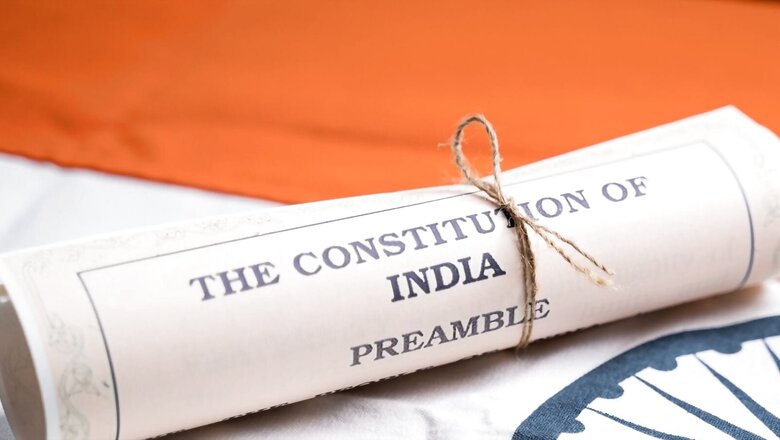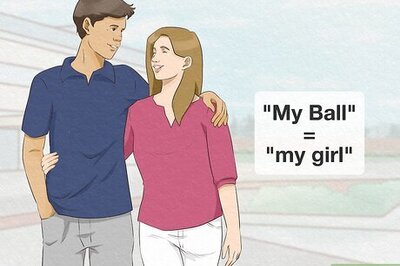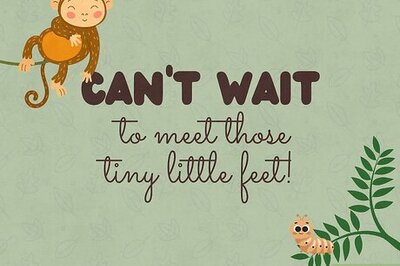
views
In this week’s class with News18, we will talk about democracy versus republic, what it means and how each system works.
Democracy vs Republic: What it Means
Democracy and republic are different forms of government. In case of the former one, people are allowed to choose their representatives to legislate them. A democratic government is elected “by the people, for the people, of the people." This means the people have the authority. In republican government, the country is considered a public matter and not a property of the rulers. It is derived from the Latin term ‘Res Publica’ meaning public affair.
In the Republic, power is in the hands of individual citizens. In a democratic system, laws are made by the majority.
Democracy: How it functions
There are three major types of democracy — direct, representative, and constitutional. In a democratic system of government, all laws are made by the majority of people. A country can have more than one type of democracy. Each adult citizen must have one vote and each vote must have one value in a democracy.
The various types of democracies including:
— Direct democracy
— Representative democracy
— Presidential democracy
— Parliamentary democracy
— Authoritarian democracy
— Participatory democracy
— Islamic democracy
— Social democracy
“Democracy is based on the principle of political equality, on recognising that the poorest and the least educated has the same status as the rich and the educated. People are not subjects of a ruler, they are the rulers themselves. Even when they make mistakes, they are responsible for their conduct," reads NCERT class 9 political science book.
“Other forms of government like monarchy, dictatorship or one-party rule do not require all citizens to take part in politics. In fact most nondemocratic governments would like citizens not to take part in politics. But democracy depends on active political participation by all the citizens. That is why a study of democracy must focus on democratic politics," it added.
Republic: How it functions
In a republic form of government, the power belongs to individual citizens. The laws are made by those who are elected as representatives of the people. In this type of government, the Constitution is the main focus and protects the rights. In this form, there are restrictions on the government. A country can have more than one type of republic. There are five types of republics:
— Constitutional republic
— Parliamentary republic
— Presidential republic
— Federal republic
–Theocratic republic
For example, the United States is a federal republic which is divided into different federal constituencies or states. Each of the states holds separate elections to elect their leaders.
Other countries with presidential republic include Brazil, Burundi, Cameroon, Central African Republic, Chile, Colombia, Comoros, Costa Rica among others.
In the case of India, after it gained independence on August 15, 1947, it declared itself a Sovereign, Democratic and Republic state and adopted the Constitution on January 26, 1950.
“The Constitution of India was framed between December 1946 and November 1949. During this time its drafts were discussed clause by clause in the Constituent Assembly of India. In all, the Assembly held eleven sessions, with sittings spread over 165 days. In between the sessions, the work of revising and refining the drafts was carried out by various committees and sub-committees," reads NCERT.
Read all the Latest Education News here


















Comments
0 comment